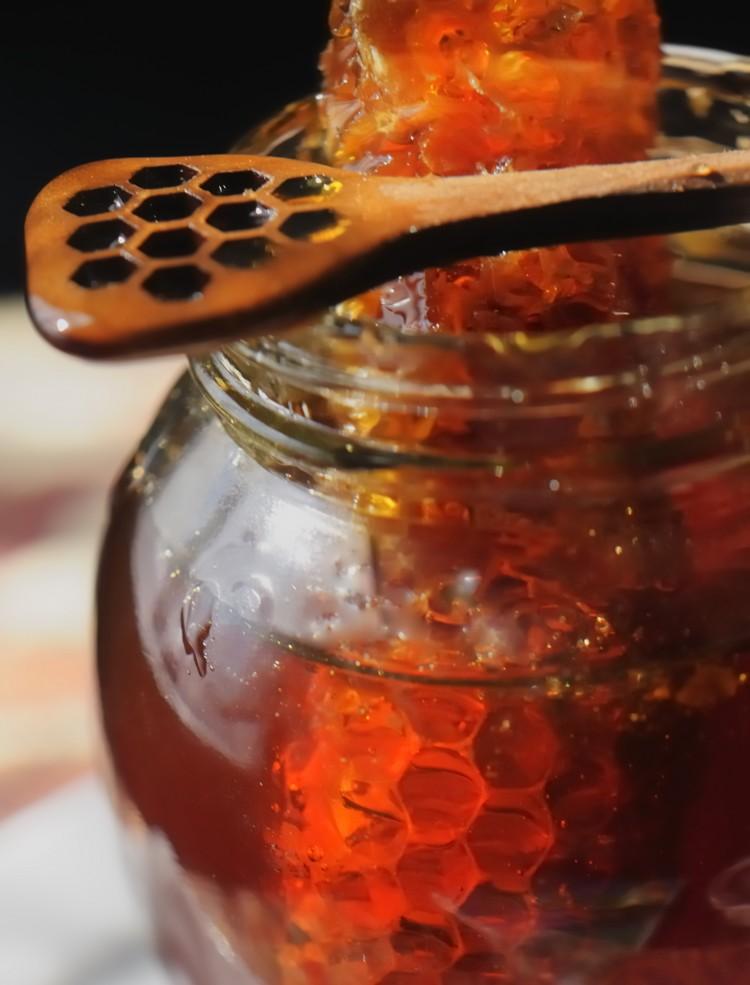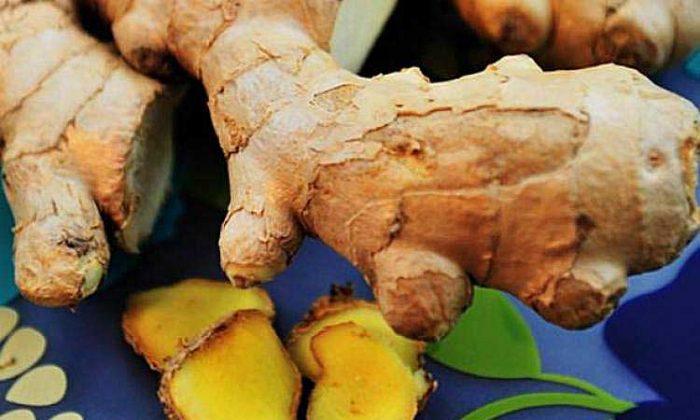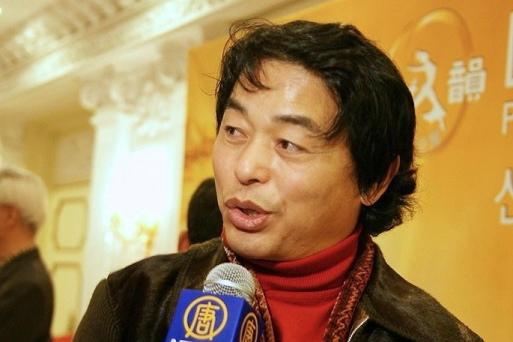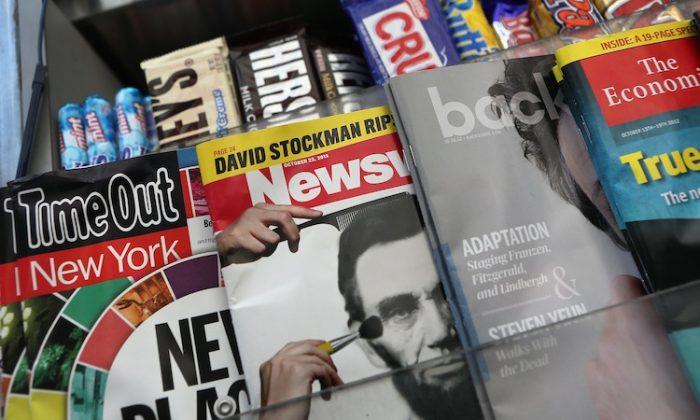Millions of pounds of hazardous honey are being smuggled in large quantities from China to the United States, constituting as much as a third or more of the honey on American shelves, a recent investigation found.
The in-depth article published in Food Safety News on Aug. 15 shows through government shipping tallies, customs documents, and interviews with North America’s top honey importers and brokers, that major U.S. packers have been purchasing record amounts of Chinese honey potentially contaminated with antibiotics and heavy metals.
This is despite assurances from the Food and Drug Administration that the honey reaching Americans is safe and authentic, and follows a widespread crackdown on major smugglers over the past two years.
After the Commerce Department imposed high tariffs—as much as $1.20 per pound—on honey from China in 2001, honey peddlers there began shipping their goods through Asian countries such as India and Vietnam, to obfuscate the real origin.
Thus, while the United States seemingly gets 123 million pounds of its imported honey from Asian countries, which includes 45 million pounds from India, much of it in fact comes solely from China.
“This should be a red flag to FDA and the federal investigators,” Richard Adee, ex-president of the American Honey Producers Association, told the trade publication. “India doesn’t have anywhere near the capacity—enough bees—to produce 45 million pounds of honey. It has to come from China.” The article presents hard proof of that inference.
For example, 16 shipments containing more than 688,000 pounds of honey went from the Chinese port of Nansha to the Indian honey manufacturer Little Bee Honey during the last month. Six shipments of the same honey went from Little Bee Honey to the port of Los Angeles a week before the report was published, according to Import Genius, which documents U.S. customs records, as cited by Food Safety News.
About 23 percent of the honey from China contains lead, and at least two harmful antibiotics, according to findings from the Indian Export Inspection Council earlier this year.
To expedite their production process, Chinese beekeepers use Indian-made animal antibiotics, including chloramphenicol, a substance that is banned in food by the FDA for its carcinogenicity and DNA damage to children.
Once the buyers collect their honey, they store it in unlined, small, and lead-soldered drums before handing it off to brokers. The honey, now contaminated with lead, is then processed. Lead affects “almost every organ and system” in the human body and can lead to death in high doses, according to the Center for Disease Control and Prevention.
To avoid any attention from consumers and criminal investigators, some unscrupulous Chinese honey pirates pump the stuff through a network of high-temperature, high-pressure ceramic filters to remove or hide all indicators of added sweeteners or contaminants.
This renders it entirely barren of pollens or other trace elements that could be used to ascertain its origin. “But it’s not honey anymore. There’s no color. There’s no flavor. There’s nothing,” Elise Gagnon, a major honey supplier, told Food Safety News.
Once blended with real Indian honey on its way to the United States, the final product appears just like its American counterpart on the grocery shelves. It’s cheaper, but half of it is not honey at all.
Tainted Chinese Honey Pervades US Stores
Major U.S. packers have been purchasing record amounts of Chinese honey potentially contaminated with antibiotics and heavy metals.
By Helena Zhu
8/22/2011
Updated: 10/1/2015





